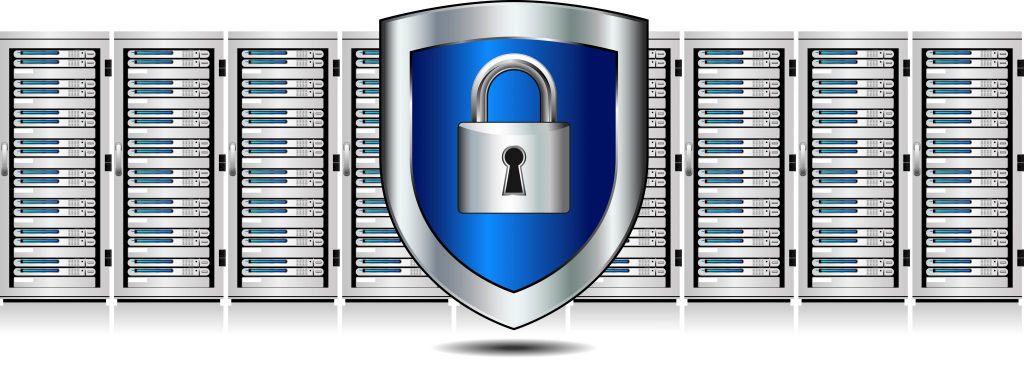Data is no longer what it used to be. Different organizations are finding novel uses for their data, thanks in part to digital transformation. This data is becoming increasingly important for competitive advantage and varies considerably from the data that we have grown familiar with. While old data was largely transactional, captured predominantly from internal sources, the new data is a combination of unstructured and transactional, privately collected and publicly available. The value of this new data lies in how it can be aggregated and analyzed. This new data may be divided into two distinct groups — Big Data and fast data.
The resultant Big Data-fast data paradigm has created an entirely new architecture for private and public datacenters. And new challenges have emerged as a result that hinders data accuracy and quality. Let’s take a look at some of these challenges:
1. Data integration
Normally, an organization will connect data from numerous sources, which makes it hard to monitor the effectiveness of the integration process. A lot of the problems pertaining to inaccurate insights may be tracked back all the way to how the data gets collected, verified, stored, and utilized. The problem is, when working in data-sensitive and intensive industries, even the smallest error may prove fatal to the success of the overall process.
2. Data complexity
It is a known fact that the data flowing in is getting more complicated on a daily basis. This means that the systems have to account for a lot more factors and parameters than earlier. As the raw data flows in from various sources, such as salespeople, operations, consumers, and other users existing within the same organization, it becomes evident that the data structure is more complex than ever before. Moreover, there are lots of technologies that function across multiple channels, from offline to web to mobile, which intensifies the complexity to a whole new level and increases the challenges of big data.
3. Data security

Merely collecting and storing all the information from different sources isn’t enough. The available data needs to be secured at all costs. The creation of technologies such as the cloud helps store data on a single platform so that it can be accessed anywhere, anytime, and make life easier for organizations and consumers alike. But, at the same time, storing all the vital data in one place has also given rise to several security issues. Thankfully, most of these broad-level problems may be handled if all the small steps are taken correctly and the data integration process flows smoothly without any hiccups. To achieve this sort of free flow of information and produce meaningful business insights, the accuracy of the data needs to be considered.
Even a small step in the right direction can pay off big time. Organizations must begin with the goal of working on methods to bring the disparate data sources together and find a way to harmonize the data so that it can impress clients.
4. Data capture
Data capture is currently leading the charge when it comes to edge-to-core architectures found in datacenters. Not surprisingly, the new data is captured directly at the source, which might exist underneath the ocean as seen in gas and oil exploration, or orbiting satellites as evident from weather applications. Closer to home, the new form of Big Data is formed on your phone every time you capture a video or image, or send out a tweet. The amount of data obtained from the source is going to be considerably higher than what we’ve become familiar with now.
5. Data scale
Data scale has been found to be responsible for datacenter automation. Right now, the scale of the top-tier cloud providers is such that they have no option but to invest considerably in intelligence and automation when it comes to managing all their infrastructure efficiently. As far as manual management is concerned, the process is too cost-prohibitive if the scale at which they operate is considered.
6. Data mobility
Worldwide networks are undergoing changes constantly, and most of it can be traced back to data mobility. With data being available everywhere, it needs to be moved so it can be collected and then analyzed. So, it turns out that networks came close to becoming faster than the requirements of Internet bandwidth at 40 to 100Gbps, but unfortunately, the data movement increased almost 100 times, and in some cases even 1,000 times.
7. Data value
The existing notions about storage are all being reevaluated thanks to data value. There is little doubt that data holds more value for organizations than ever before, which means that the usefulness of the data is increasing over longer periods of time thanks to the developments made in the fields of artificial intelligence-based analytics and machine learning. What this all implies is that a lot more data has to be stored for longer time periods and that the data needs to be addressable in aggregate, so analytics can have the desired effect.
8. Data analytics

When we come down to brass tacks, it becomes evident that data analytics will be the driver for future compute-intensive architectures. So, organizations need to come up with ways to drive more data so that they can later aggregate it into large data repositories, driven by the nature of analytics as well as machine learning.
Such analytics are better equipped to handle questions and provide powerful solutions when introduced in various, Big Data sources. Being compute-intensive operations, both machine learning and analytics drive huge amounts of high-speed processing during the analytics process on large datasets.
What’s more, the compute-intensive form of analytics seems to be driving several new methods for storing and accessing data, from something as compact as in-memory databases to as large as 100 petabyte-scale object stores.
Big Data: Problems will persist
Businesses need to devise ways to find, extract, arrange and store data. Thus, they have to develop a new database for storing all the information that does not fit the mold. The truth is, Big Data problems aren’t getting eradicated anytime soon. Organizations must come to terms with the fact that Big Data offers a chance for highly improved decision-making and planning.
Photo credit: Pixabay



